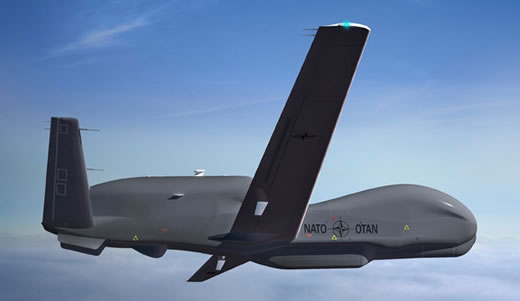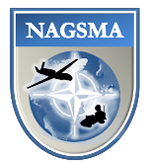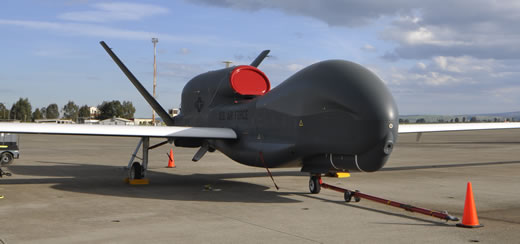
Northrop Grumman Corporation submitted its final proposal for the NATO Alliance Ground Surveillance (AGS) core capability. NATO AGS system will employ an air segment consisting of six Northrop Grumman Block 40 Global Hawks specially missionized to provide persistent intelligence, surveillance and reconnaissance to ground, maritime and air commanders, anytime and anywhere in the world. These Global hawks will be equipped with Northrop Grumman’s Multi-Platform Radar Technology Insertion Program (MP-RTIP) ground surveillance radar sensor, which will be capable of detecting and tracking moving objects throughout the observed areas, as well as providing radar imagery of target locations and stationary objects.

The primary ground segment component will consist of a number of ground stations in different configurations, such as mobile and transportable configurations, which will provide data link connectivity, data processing and exploitation capabilities, and interfaces for interoperability with Command, Control Intelligence, Surveillance and Reconnaissance(C2ISR) systems. The AGS Core ground segment will also include dedicated mission support facilities at the AGS Main Operating Bases (MOB), and ground stations for flight control of the UAVs. The Main Operating Base will be located at Sigonella Air Base, Italy. The Core system will be supplemented by interoperable national airborne stand-off ground surveillance systems from NATO countries, thus forming a system of systems.
NATO AGS program was approved by European heads of state and government as a priority capability initiative at the 2010 Lisbon Summit. In support of the new strategic concept, system will establish a network-enabled sensor system, supporting interoperability with national systems in support of all possible missions, including force protection, border and maritime security, counter- and anti-terrorism, crisis management, peacekeeping and enforcement, and natural disaster relief.
The current proposal is based on refinements introduced by the team to meet NATO requirements. “Our updated proposal offers an affordable, executable program that will provide an operationally relevant system to the Alliance,” said Pat McMahon, sector vice president of Northrop Grumman Aerospace Systems’ Battle Management & Engagement Systems Division. Northrop Grumman is expecting contract award by July 2011.
NATO embarked on the AGS program in 1995, when the NATO Defence Ministers agreed to develop a pooled NATO asset, consisting of both manned and unmanned platforms, as well as ground control stations in various configurations. The manned platform was to be based on the Airbus A321 commercial airliner, and the unmanned platform on the Global Hawk high altitude long endurance UAV. Both the manned and unmanned platforms were to carry the Transatlantic Cooperative AGS Radar (TCAR). In November 2007, however, due to declining European defense budgets, NATO chose to move forward with a UAV-only solution based on the Global Hawk RQ-4B and the multi-platform radar technology insertion program (MP-RTIP). With this revision, the number of cooperating nations was reduced from 24 to 14.
NATO AGS is the first international sale of the Block 40 Global Hawk. The ground element, which provides real-time data, intelligence and target identification to commanders within and beyond line of sight, will be wholly produced by the team’s European industry partners, offering the potential for national re-use in other programs as well as direct work in the program for the participating nations. Northrop Grumman is the prime contractor for the program, leading a team which includes companies from each of nations participating in the acquisition.
 The program is managed by NATO Alliance Ground Surveillance Management Agency (NAGSMA) and being implemented by the AGS Implementation Office (AGS IO) at Supreme Headquarters Allied Powers Europe (SHAPE). The agency was established in September 2009 after all participating nations signed the AGS Program Memorandum of Understanding. NAGSMA, was chartered to acquire the NATO-owned and operated core capability, and is responsible for the procurement of the NATO AGS capability until it has reached full operational capability at the NATO AGS main operating base in Italy.
The program is managed by NATO Alliance Ground Surveillance Management Agency (NAGSMA) and being implemented by the AGS Implementation Office (AGS IO) at Supreme Headquarters Allied Powers Europe (SHAPE). The agency was established in September 2009 after all participating nations signed the AGS Program Memorandum of Understanding. NAGSMA, was chartered to acquire the NATO-owned and operated core capability, and is responsible for the procurement of the NATO AGS capability until it has reached full operational capability at the NATO AGS main operating base in Italy.




















